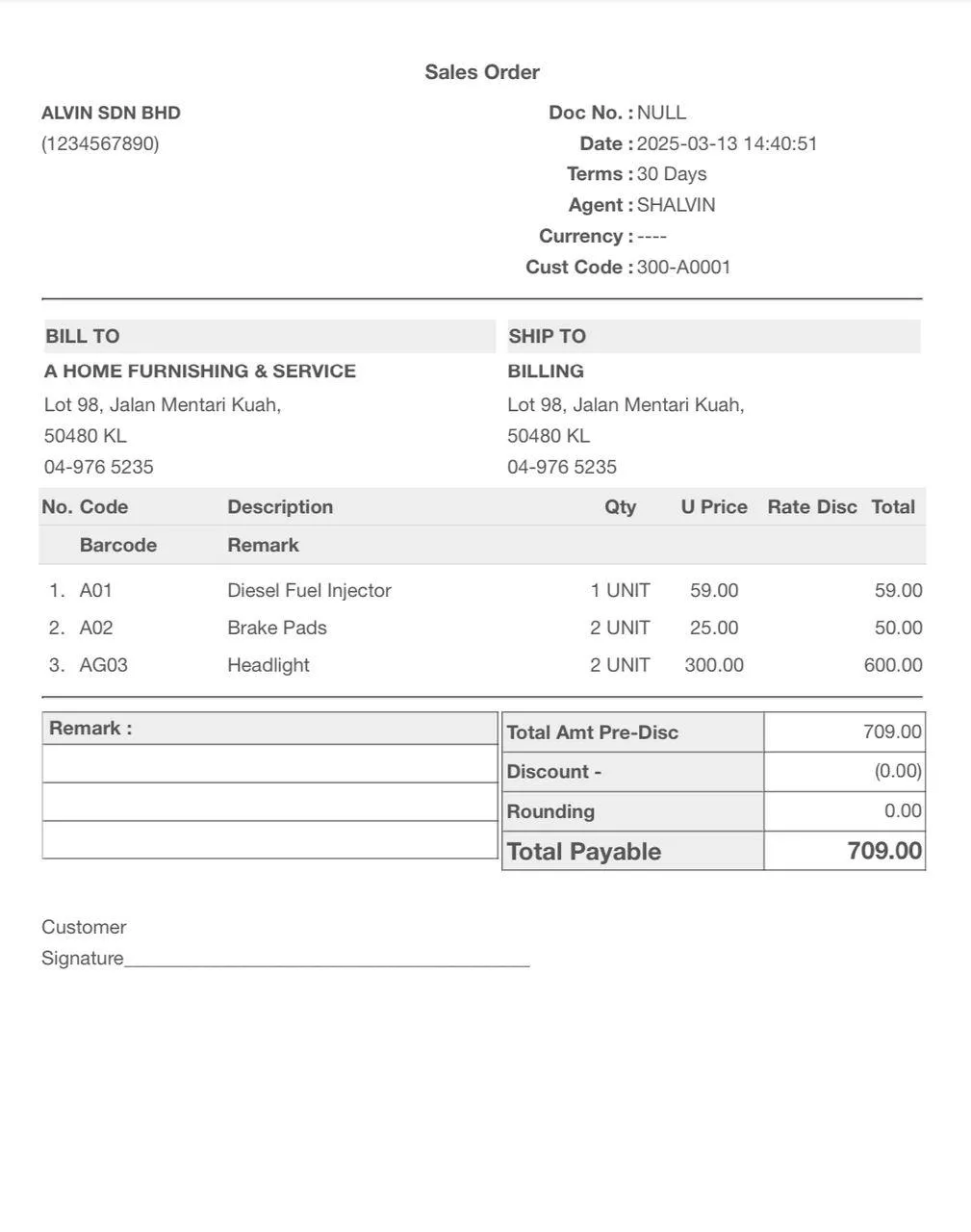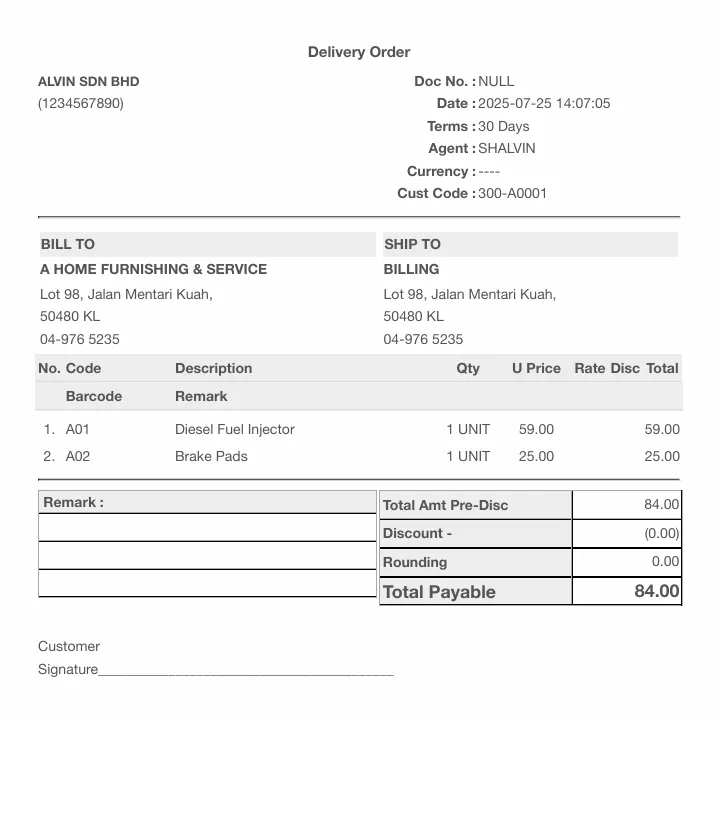FREE SALES ORDER TEMPLATE
Look professional every time with our custom free sales order templates. Just download, add your business name and logo, and send it to your customers when you're ready. It’s that easy!

Professional
Clean and organized structured design.
Simple
Easy to use and fill out, reducing complexity.
Customizable
Easily editable to fit different business needs.
DOWNLOAD FREE SALES ORDER TEMPLATE
Fill in the form to get a professional, customized sales order that you can send to your customers in minutes.
Please ensure your email address is valid so we can send you the free Sales Order template.

USING THE FREE SALES ORDER TEMPLATE METHOD

Download sales order template

Replace the information in the template

Send the sales order to customer

Key in details in accounting again.
Automate Sales Orders Creation in Few Clicks!
With SalesHero, sales order processing is effortless. Generate accurate orders in few clicks and send them instantly to customers.
PDF Support
Printable in multi-format (A4, letter, and more.)
Send via email, WhatsApp, and more.


Customer place order with salesman.

Salesman create sales order in the APP and send the order to customers.

Sales order auto import to from the APP to accounting.
FREE SALES ORDER TEMPLATE VS SALESHERO
| Comparison | Free Sales Order Template | SalesHero |
|---|---|---|
| Send Unlimited Sales Order | ||
| Order Tracking | ||
| Team Collaboration | ||
| Approval Workflow | ||
| Mobile Accessibility | ||
| Order Auto Import to Accounting |
FAQs
What is a sales order template?
A sales order is an internal document created by the seller to process a customer’s order. It organizes and formats the details from the customer’s purchase order for the seller’s use.
How to create a sales order from a sales quote?
To create a sales order from a sales quote, follow these steps:
1. Review the Quotation – Ensure the customer has accepted the pricing, terms, and conditions in the sales quote.
2. Convert to Sales Order – Use your system (e.g., ERP, accounting software, or manually) to generate a sales order based on the quote details.
3. Verify Customer Details – Confirm the customer's information, including billing and shipping addresses.
4. Confirm Product & Pricing – Ensure the products, quantities, and prices match the agreed terms in the quotation.
5. Set Delivery & Payment Terms – Specify the delivery date, shipping method, and payment terms.
6. Issue the Sales Order – Send the sales order to relevant departments for processing and fulfillment.
7. Update Records – Mark the quotation as converted and track the order status until fulfillment.
How to create a sales order template?
Creating a sales order template involves several key steps to ensure clarity and efficiency in processing orders. First, design a structured format using a tool like Excel, Word, or Google Docs. Include essential details such as your company name, logo, and contact information at the top, followed by a unique sales order number and order date. Next, add a section for customer details, including billing and shipping addresses.
The core of the template should list the ordered products or services, including descriptions, quantities, unit prices, and the total amount after applying any discounts or taxes. Additionally, include payment terms, shipping details, and an approval section for signatures. Once completed, save the template for reuse to maintain consistency in order processing.
While a manual template is helpful, using a sales system like SalesHero is a better option. It automates sales order creation, ensures accuracy, reduces manual entry errors, and allows seamless tracking of orders, making the entire process more efficient.
Is sales order a quotation?
No, a sales order is not the same as a quotation.
✅Quotation: A price estimate provided to a potential customer before they place an order. It includes pricing, terms, and validity but is not a confirmed sale.
✅Sales Order: A document generated after the customer confirms their purchase. It is used internally by the seller to process and fulfill the order.
A quotation may lead to a sales order if the customer agrees to the terms and proceeds with the purchase.
What is a sales order vs. invoice?
The key difference between a sales order and an invoice is their purpose. A sales order is issued by the vendor to confirm they can supply the requested goods or services, while an invoice is sent to request payment for goods or services already delivered. Read more details...
What is the difference between a purchase order and sales order?
A purchase order (PO) is issued by the buyer to request goods or services from a supplier, specifying the type, quantity, and agreed price. In response, the supplier generates a sales order (SO) to confirm the sale and outline the delivery and payment terms.



